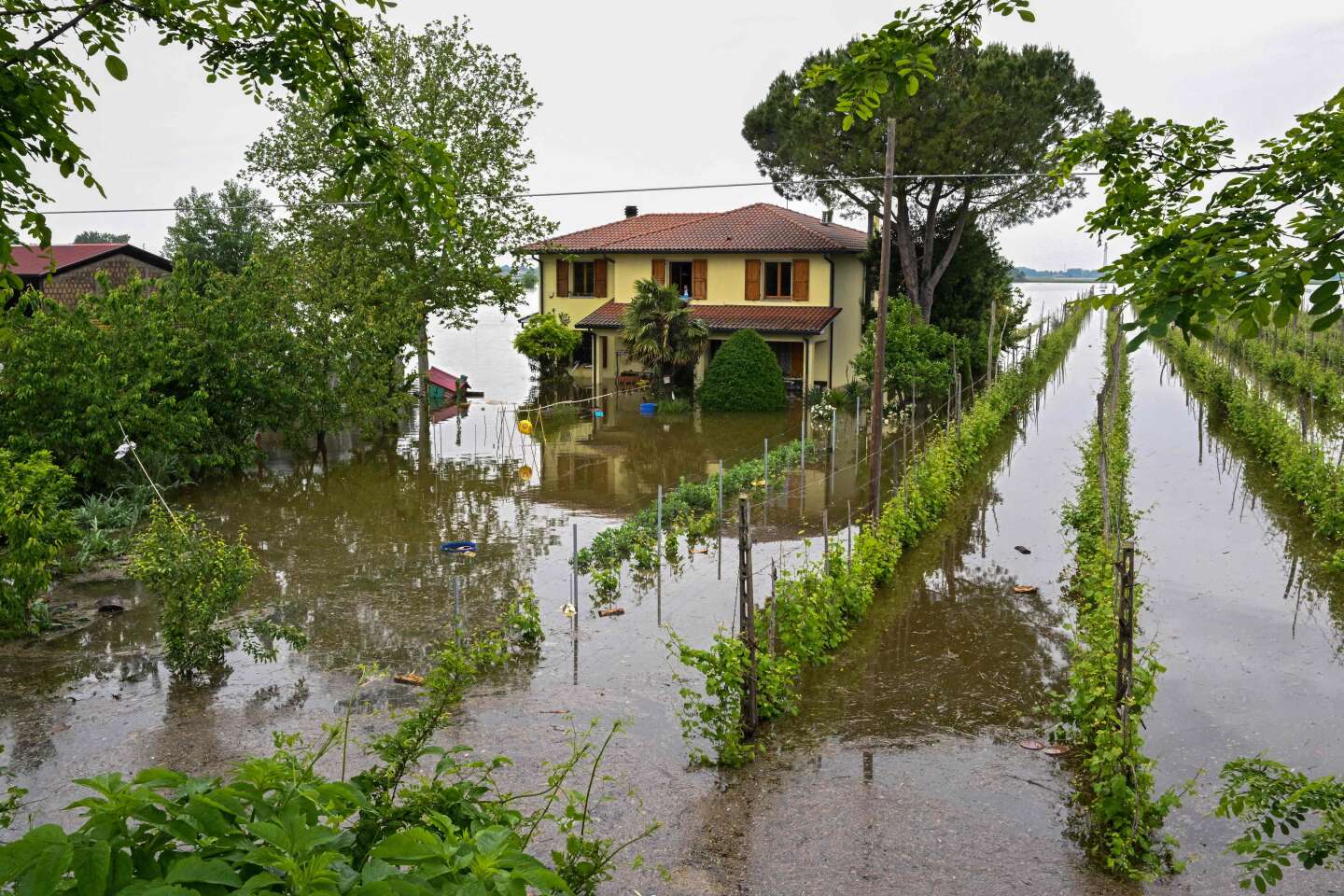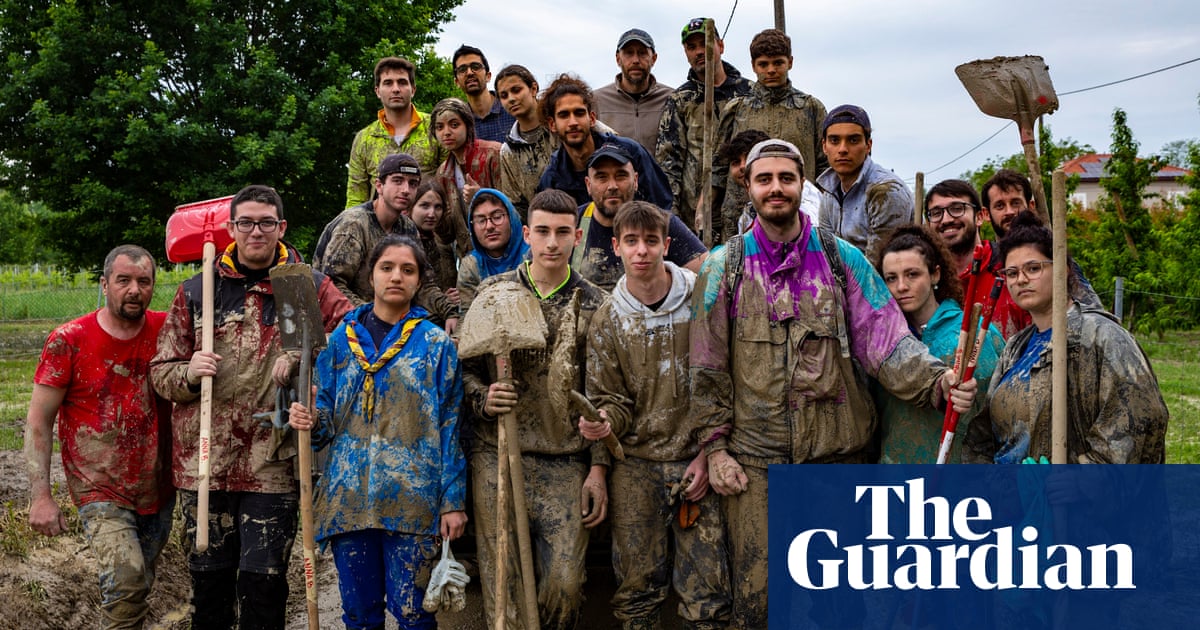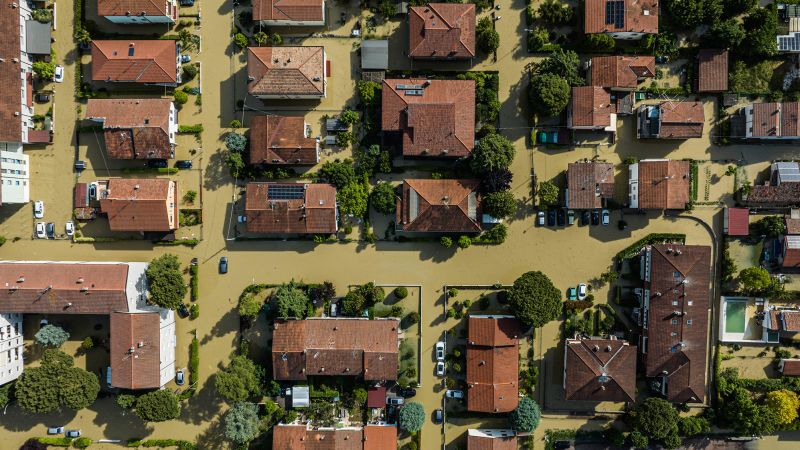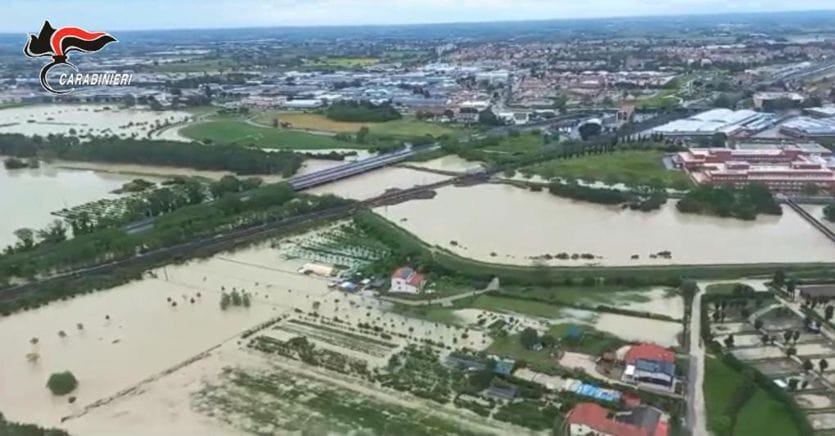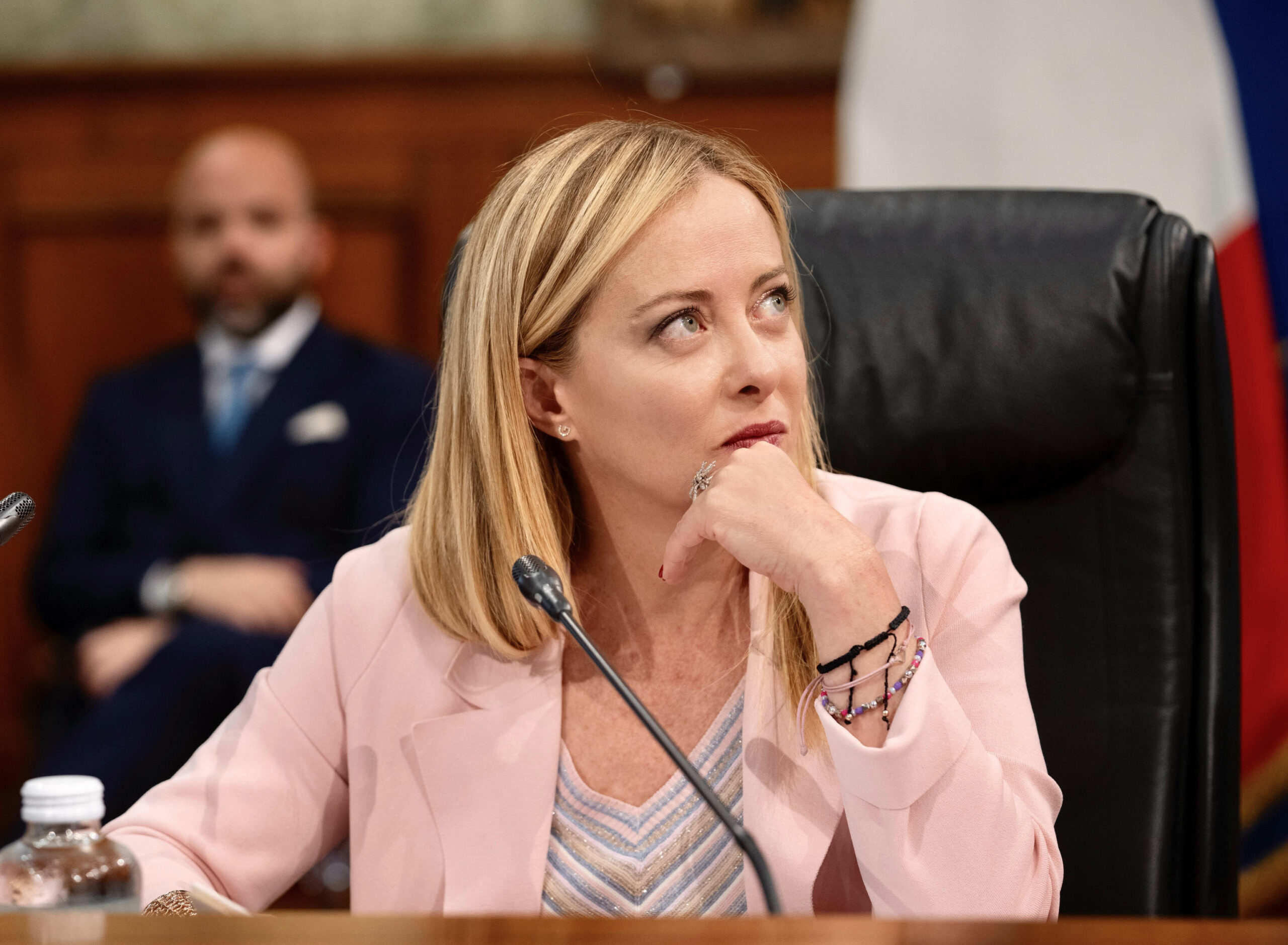It all started with the first intense rainfall on the 2nd and 3rd of May 2023, when the amount of rain falling in Emilia Romagna in 48 hours was the same as what normally falls in three months. It exceeded the historical maximums recorded by the region's weather alert service. Already by that time, the territory and the population had been severely affected, especially in Romagna. Then the rains resumed in the following weeks, continuing to cause floods, landslides and mudslides. As early as the beginning of May, the president of the Emilia Romagna region, Bonaccini, declared a state of emergency.
Twenty days later, at least a thousand landslides are active, of which about 305 of the most significant ones are concentrated in 54 municipalities. On the 23rd of May, data from the Emilia Romagna Region's Weather Alert service announced that 23,067 people have had to leave their homes. Many have found alternative accommodation among second homes, friends and relatives, and 2,694 have been accommodated in hotels and in facilities set up by the municipalities in schools, sports halls and gyms.
The phenomenon
Floods in Emilia Romagna have occurred several times in the past, but are now happening more frequently due to climate change. A lot of rainfall in a short period of time, onto dry land tested by weeks of drought and heavy development. These are, in short, the factors that contribute to significant damage flowing from what appears to be simply a very strong meteorological phenomenon.
A long period of drought can often be followed by flooding, because dry soil cannot absorb a large amount of water. However, urban planning and uncontrolled building development also contribute to weakening the soil. Soil is an essential ecosystem for our life, made up of mineral components, organic matter, water, air and living organisms. It represents the interface between land, air and water, hosting a large part of the biosphere.
Floodings and outflows, such as the ones that occurred in Emilia Romagna, are not caused only by rainfalls. They can also be understood by surveying human alterations of the territory.
The presence of hydraulic works along a watercourse can cause flooding if they malfunction. Generally, these works are designed to favor and/or control the flow of water, to divert and channel watercourses, or to create reservoirs. However, bank breaks, overtopping or problems with dams can be the cause of a more or less dangerous flood. In addition, sometimes the creation of a hydraulic work upstream of a riverbed can lead to changes downstream, and vice versa, since this work modifies the natural equilibrium profile.
The causes of a flood can also be traced back to modifications of the watercourse, linked to its morphology. These can include variations in sediment load, modifications along the riverbed (river bars, bank morphology, diversions caused by landslides, and so on) that can influence outflows, and even to vegetation. The presence of vegetation, in fact, helps to slow down the outflow, but at the same time can be an obstacle to it and create ”plugs.”
Ongoing struggle
Unfortunately, bad weather continues to damage Emilia Romagna. On the 4th of June, a cloudburst hit Bologna, while landslides and mudslides were recorded in the areas of Forlì and Cesena. The following day, the Civil Protection issued an orange weather warning due to heavy storms, particularly in the Ravenna area, which was already heavily hit by the flood emergency in recent weeks. Another yellow warning was issued for other areas of the region.
The disaster has struck the agricultural economy of Romagna, generated human losses, and now requires governmental investment. While people of Romagna continue to dig out mud from their houses, the Italian government failed to invest the 2 billion euros for Emilia-Romagna, as previously promised by Giorgia Meloni. The announcement made previously by Meloni has been denied by the official text of the decree-law, given that a minor amount of money (with respect to Giorgia’s promises) will be devolved to Romagna: there is half a billion euro less, and resources have been recovered by cutting various funds elsewhere.

